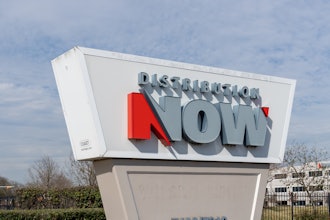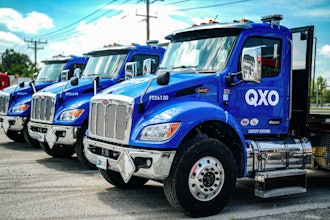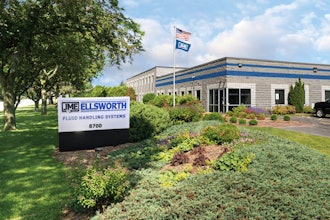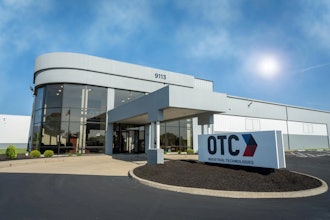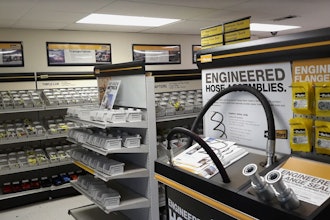Online shoppers today want it all. They don't just want fast shipping, or free shipping, or ready product availability, or the right to return a product bought online to a local store. They want ALL of those things and many others from manufacturers, distributors and retailers alike as the pace of technology makes it possible.
I was recently part of a webinar Creating a Seamless Customer Experience Across All Your Commerce Channels where SPS Commerce’s executive vice president David Novak shared the results of a recent survey from Retail Systems Research (RSR) and SPS Commerce. Based on the survey responses from hundreds of retail practitioners, suppliers and logistics firms, the 2014 SPS Commerce Retail Benchmark Survey found that 85 percent of shoppers expect immediate availability and immediate shipping, 82 percent expect competitive pricing and 65 percent expect more product variety, as shown in Figure 5 below. [1]
Ten years ago that might have sounded unrealistic. But today, with the retail and supply chain technology available, those expectations can be met, albeit with a fair bit of effort.
What constitutes a perfect customer experience today? And what exactly does it mean to say you've got an omnichannel customer shopping or service experience? Omnichannel means a consistent consumer shopping experience regardless of where the consumer chooses to engage a retailer or supplier. A perfect order made through omnichannel commerce means that it is shipped for free and within a day or two, complete, damage-free, easily returned, competitively priced and is highly approved of in online consumer reviews.
However getting to this “perfect” omnichannel purchase order is proving difficult for the majority of retailers and suppliers. According to the 2014 SPS Commerce Retail Benchmark Survey, only 4 percent of respondents have executed an omnichannel strategy.
What separates those in that rarefied 4 percent from the rest of the industry? Integration of their core systems is the major difference. Ecommerce companies that have integrated supply chain, CRM, retail, inventory and other processes can get products in and orders out faster. However, most companies still have disconnected data silos that don't share information and can't automatically pass an order from one point to the next. In most cases, they don't share common data formats.
These disparate systems are breaking down faster as the integration needs between partners become more complex. For example, look at the number of descriptors a product needs today vs. 15 years ago. Back then, a shirt might be described in an inventory system by twelve attributes — color, size, material, batch, etc. Now, it may have as many as 100 attributes and require descriptors like the discontinuation date, country of manufacture, country of assembly, hazardous materials list, pallet width, order lead time, allergens, certifications, etc. Most older systems can't handle that many attributes.
Moreover, the processes involved in stocking, shipping, servicing, updating inventory, pricing, marketing and all other activities associated with product sales and service have also escalated in complexity. To handle a multi-partner ecommerce network, a company not only needs an integrated supply chain and intelligent order orchestration to move orders between manufacturers, distributors, and retailers, but it also needs an integrated front end that links everything from online sales and CRM data to product specifications and shipping status.
Dynacraft Bike, a maker and distributor of bicycles, scooters and other ride-on toys shows how an integrated platform can solve many of these needs at once. Based in Canyon, Calif., Dynacraft sells to major retailers such as Walmart, Target and Toys-R-Us, who in turn sell Dynacraft bikes both in their physical stores and online. Dynacraft itself doesn't yet sell online, but is planning to sell direct in a way that is channel friendly and doesn’t compete with their online resellers.
Before becoming a NetSuite customer, Dynacraft owned a hodgepodge of different systems that weren't integrated. They severely limited the company's ability to expand its relationships with partners, according to Bob Jellison, Dynacraft's director of technology.
The legacy architecture wasn't scalable enough to support any attempts to integrate or synchronize data between systems. It also prevented Dynacraft from taking on a greater role with partners, such as taking on the task of drop-shipping products to keep up with the high demand.
The company really needed to scrap the old systems and start fresh with a single platform that could scale and support Dynacraft's vision of the future to improve turnaround and the number of retailers it is able to work with.
Dynacraft opted to move to NetSuite's cloud ERP Warehouse Management Edition and Electronic Data Interchange (EDI). Today the company is well situated to work with a greater number of partners and handle drop shipping for trading partners that need it.
The next step will be adding SuiteCommerce, which will enable it to support this B2C commerce strategy to sell direct online.
The end result is a company that can do business with major retailers with streamlined processes and fast, automated shipping and billing, and which is now poised to expand sales further through its own ecommerce site. That's a scenario that makes Dynacraft, its partners, and ultimately its customers, very happy.
[1] Source: RSR Research, “Retail Insight: The Impact of Omni-Channel Trends for 2014 and Beyond,” October 2013









